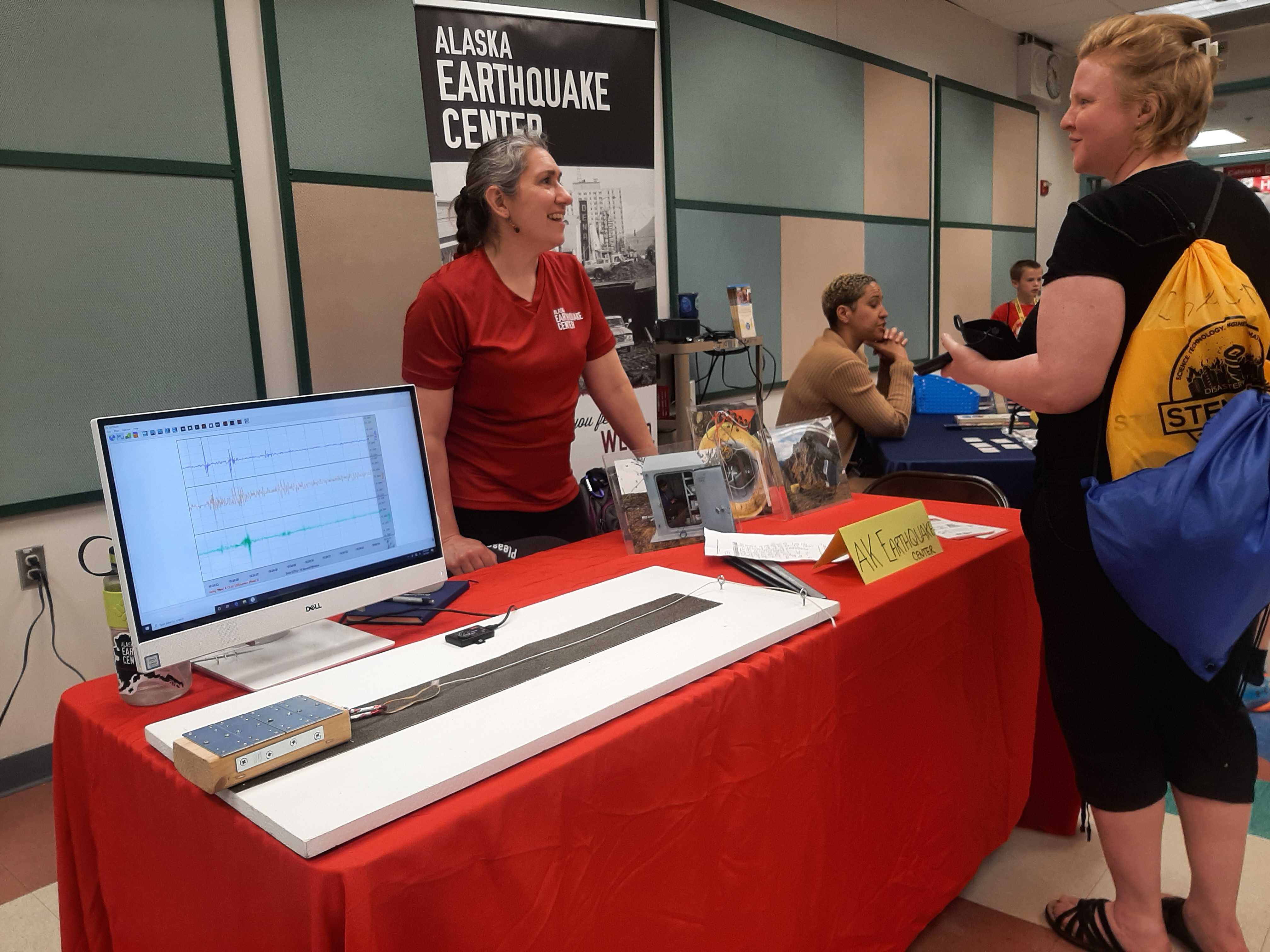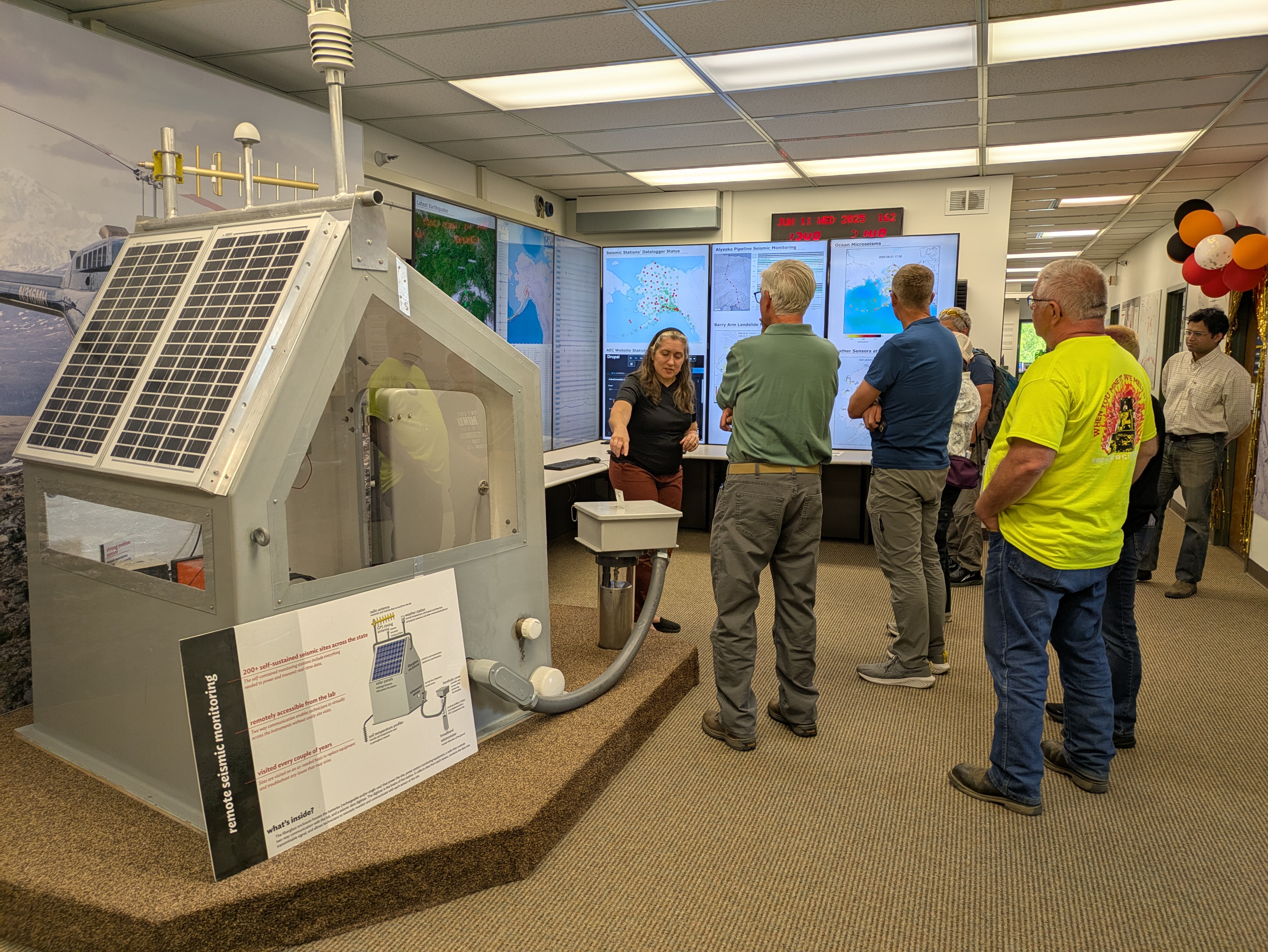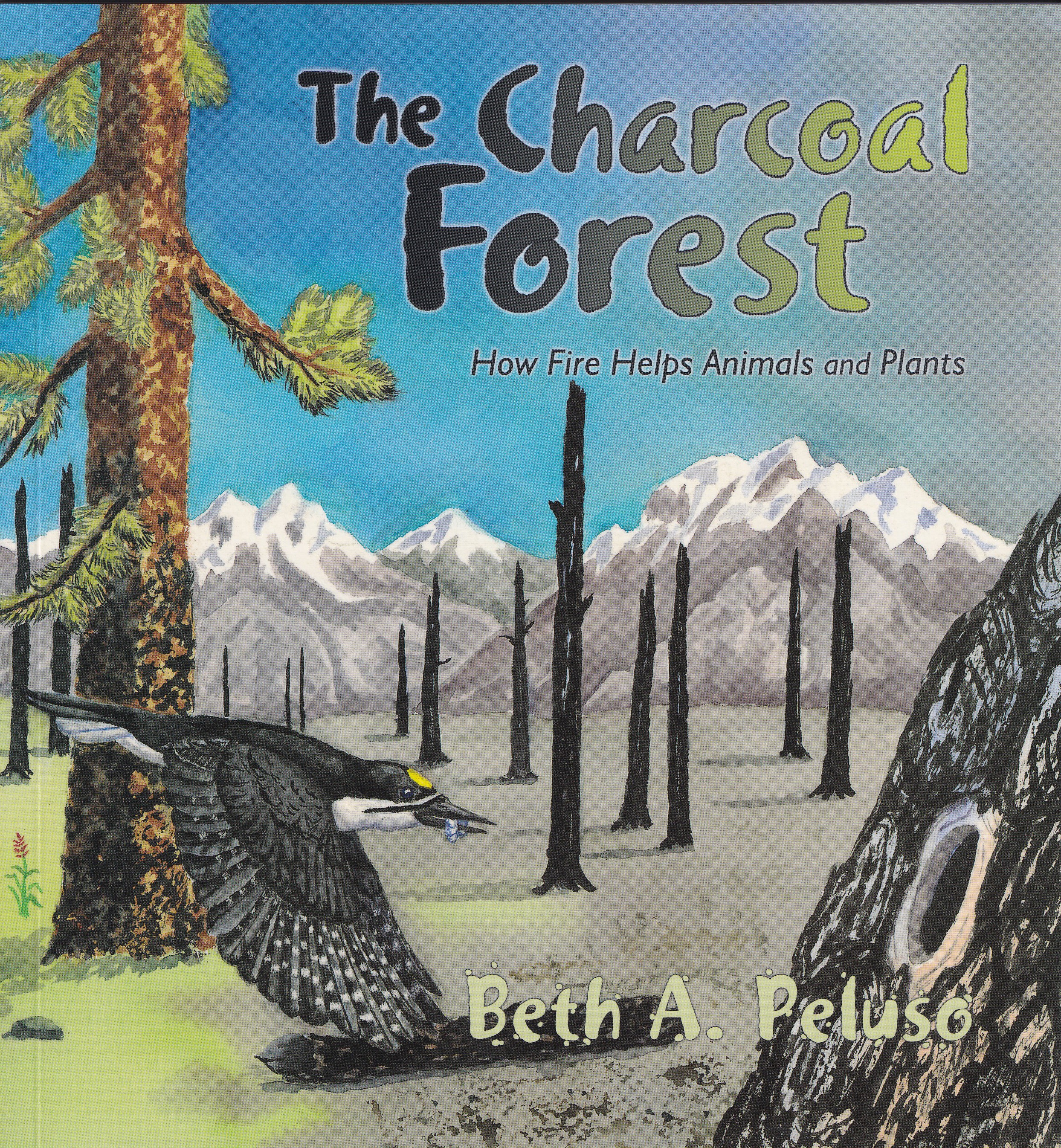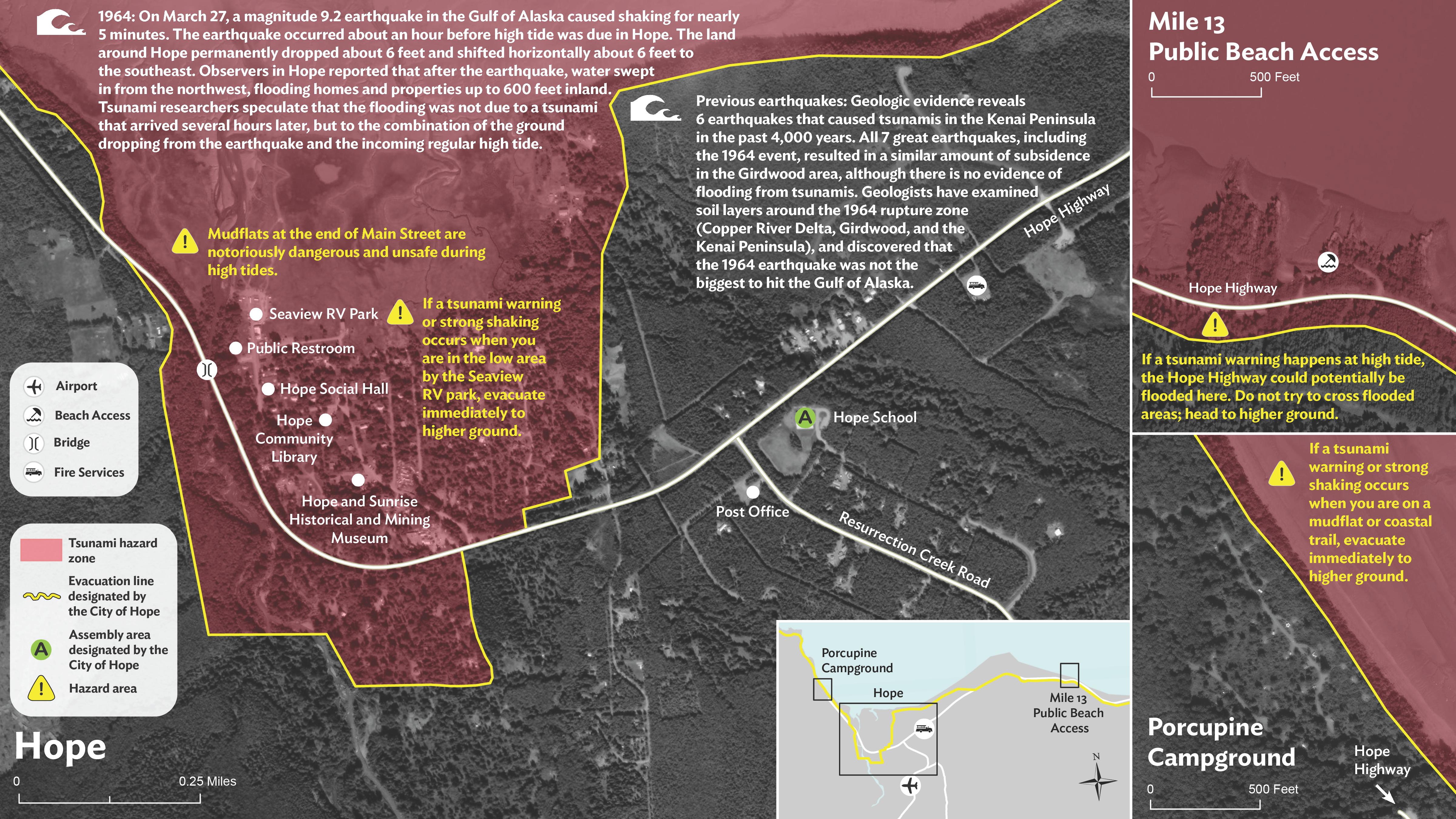



Beth Grassi’s passion for words began as soon as she could write sentences. How she landed in a role communicating natural hazards at the Alaska Earthquake Center is a much longer story. “If you had asked me, when I graduated college, if I would be a science writer doing stories about earthquakes, I would have laughed because I didn’t even know science writing was a career,” she says.
“I actually enjoyed those middle school assignments to write stories using spelling words,” she laughs. Beth earned her bachelor’s degree in English with a minor in studio art at Augustana College in Illinois, initially aspiring to work in book publishing in Chicago. However, after a few years in the industry, she realized that her true calling was not to edit others’ stories, but to write her own.
Her love of science led Beth to pursue a master’s degree in environmental studies at the University of Montana, where she combined her writing skills with her interest in the natural world. She completed her degree in 2002. In 2004 she moved to Juneau, Alaska where she took a position doing community outreach with the Southeast Alaska Conservation Council, a regional nonprofit focused on environmental conservation. On the side, she wrote and illustrated a children’s book about fire ecology entitled The Charcoal Forest.
After dipping her toes into the science writing field, Beth deepened her writing expertise by serving as coordinator for the Alaska Department of Fish and Game’s Watchable Wildlife program. She contributed extensively to natural history writing, editing several wildlife viewing guidebooks and penning a monthly natural-history column called The Wildlife Spy for the Juneau Empire.
In 2010, Beth took flight to Anchorage for a position as the communications manager at Audubon Alaska, an organization focused on bird conservation. She added event planning, social media, and public speaking to her skillset. One of her favorite parts of the job was hopping around the state each spring and summer, offering workshops at bird festivals from Homer (Kachemak Bay Shorebird Festival) to Cordova (Copper River Delta Shorebird Festival), to Fairbanks (Tanana Valley Sandhill Crane Festival).
During a work trip to Fairbanks, a friend introduced Beth to her future husband. “We were at a barbeque. She knew I was a fencer, and she said I should meet this guy because he taught fencing at the university.” As a result, in 2012, she moved to Fairbanks, while still working remotely for Audubon Alaska. For several weeks each spring between 2013 and 2016, you could find her “Good Migrations” column in the Fairbanks Daily News-Miner.
Several years of traveling back and forth between Anchorage and Fairbanks motivated Beth to find a job based closer to home, and she joined the EarthScope National Office as a science writer. “It involved a lot of interviewing scientists about their research, some of which was very technical,” Beth recalls. “It definitely took some questioning and collaborating with them to try and come up with a clear summary of what they were working on so a non-scientist would understand.” When the EarthScope project eventually came to its scheduled end, Beth’s next opportunity took her two floors down to the Alaska Earthquake Center.
For the past five and a half years, Beth Grassi has been writing articles, collaborating on projects, and interacting with the community about natural hazards. Beth explains her current position at the Alaska Earthquake Center as a sort of science translator. “There are a lot of super interesting science stories out there that are hidden by technical wording so that people don’t really understand what it’s about and why it’s so fascinating.” Beth is an integral part of creating the tsunami brochures that provide safety information for our coastal communities. “It’s one of my favorite projects because we work directly with each community to create something that fits their public safety needs. It really shows how science can provide a direct benefit for people.”
You can catch Beth leading summer tours at the Earthquake Center, and at various outreach events, seeking to bridge the gap between complex scientific research and the people it affects.



